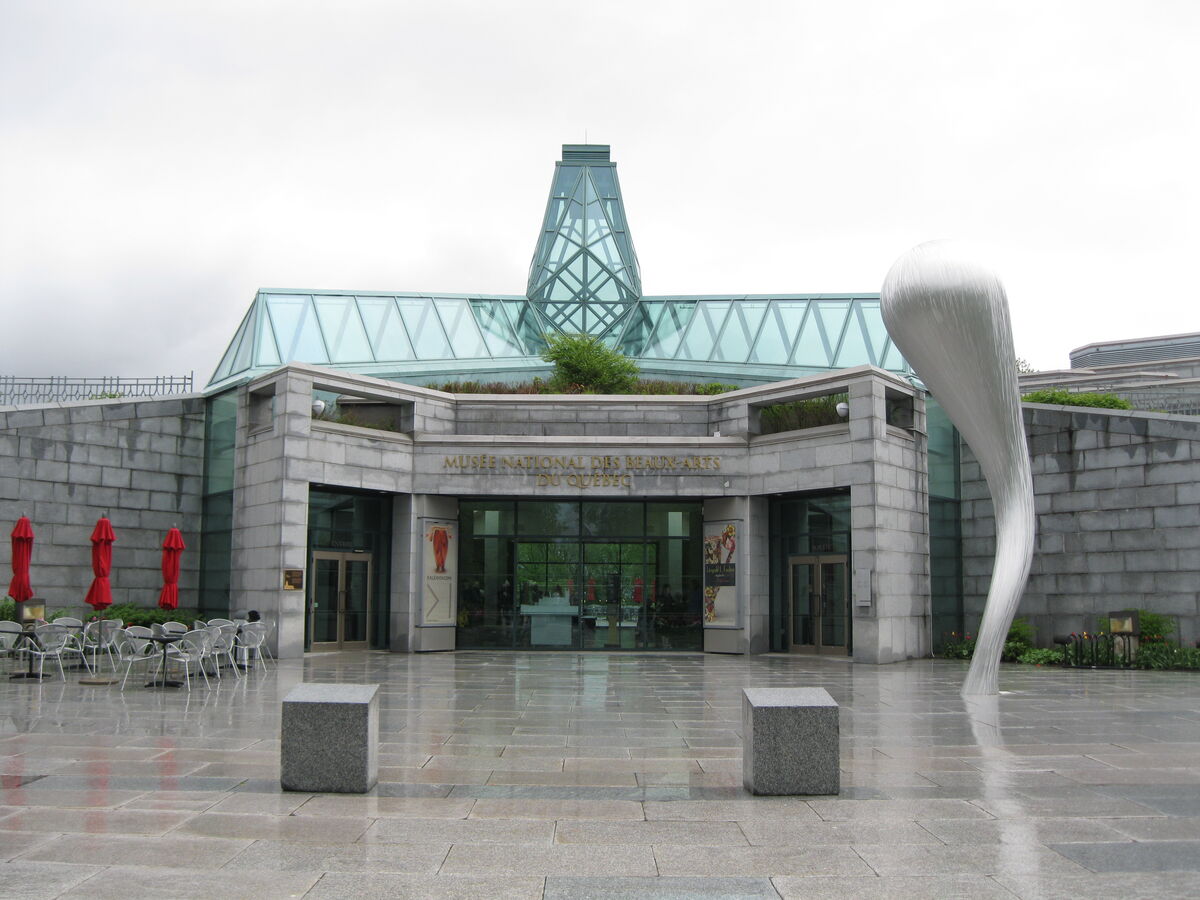Following the Quiet Revolution, culture thrived and became an important element of the Quebec identity. However, cultural contributions to nationalism were not the only reason why culture became more prominent at the end of the 20th century: it also played a role in the economy. Culture became a full-fledged industry in Quebec, and governments were called on to help protect it.
In 1992, Robert Bourassa’s Quebec government showed its determination to protect the national culture. Among other measures, the National Assembly adopted Quebec's cultural policy, which aimed to provide better structure for the cultural industry. The policy was divided into three parts, because it had three distinct objectives:
-
Assert Quebec’s cultural identity;
-
Support creators and the arts;
-
Encourage citizens to access and participate in cultural life.
The cultural policy also included plans to reform the Ministry of Cultural Affairs. The ministry was split in two: the Conseil des Arts et des Lettres du Québec (CALQ) and a new ministry, the Ministry of Culture. The CALQ played a major role in funding the cultural industry, by supporting and promoting artists and organizations in their creative work.

The state plays a major role in funding the cultural industry in order to protect it. The provincial and federal governments invest money to support the industry, by building venues like theatres, museums and concert halls or by setting up various tax credit programs.
Since the Quiet Revolution, Quebec’s spending on grants for the cultural industry has steadily grown, and represents 1% of the Francophone province’s total budget. Artists also receive income from selling their work as well as through donations.
The government’s commitment to invest in cultural dissemination has greatly contributed to the cultural industry’s vitality. For example, building and preserving iconic places has helped promote Quebec culture among the population.

The emergence and rapid development of technologies have enabled Quebec culture to be disseminated through various channels. As a result, Quebec culture has become much more accessible to the public and has spread faster. Many Quebec artists take advantage of these new technologies to garner success outside the country.
